How Much Smaller is the New Contract Between Wisconsin and Foxconn?
The state's economic development agency has announced a new tax incentive package with the Taiwan-based tech giant that is an order of magnitude smaller than the original signed in 2017.
By Will Cushman
April 21, 2021 • Southeast Region
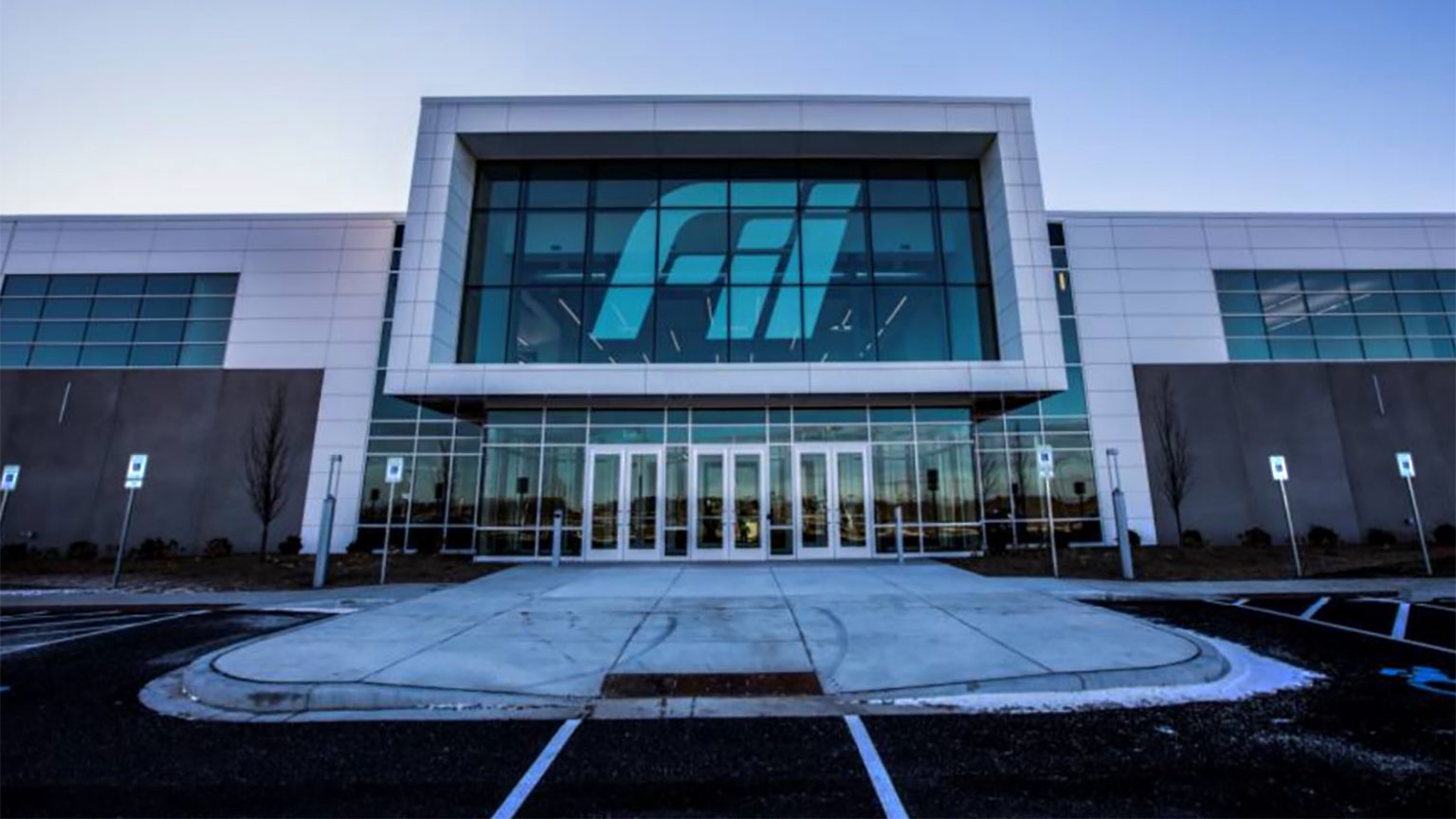
Foxconn completed primary construction of its Smart Manufacturing Center at its Mount Pleasant campus in December 2020. The company's new tax credit contract with the state defines the project's scope as "economic investment activities related to locating and operating a technology and manufacturing ecosystem." (Credit: Racine County Welcomes Foxconn)
The political and business odyssey that is Foxconn’s Wisconsin venture is shaping up to be a lot less epic than its champions originally envisioned.
On April 20, Wisconsin economic development officials signed off on a renegotiated tax-incentive agreement with Foxconn that reflects the global electronics manufacturer’s massively diminished ambitions for its operations in the state in 2021.
The original agreement signed in 2017 was touted by former Gov. Scott Walker as a “transformational” opportunity for Wisconsin’s economy. Negotiated under his administration, its terms called for Foxconn to receive a historically generous package of state tax credits: up to $2.85 billion over a 15-year period. The incentives required Foxconn to invest $10 billion in capital expenditures and create 13,000 full-time jobs to support what was to be an LCD screen manufacturing facility in Mount Pleasant. Additional local incentives along with state and local infrastructure improvements amounted to a potential taxpayer subsidy for the company totaling around $4 billion.
As time passed, however, Foxconn’s plans changed.
Citing external market forces, the Taiwan-based company would come to acknowledge that the agreed upon plan would not come to fruition. The manufacturer’s plans have since shifted several times, though they have consistently been less ambitious than previously promised.
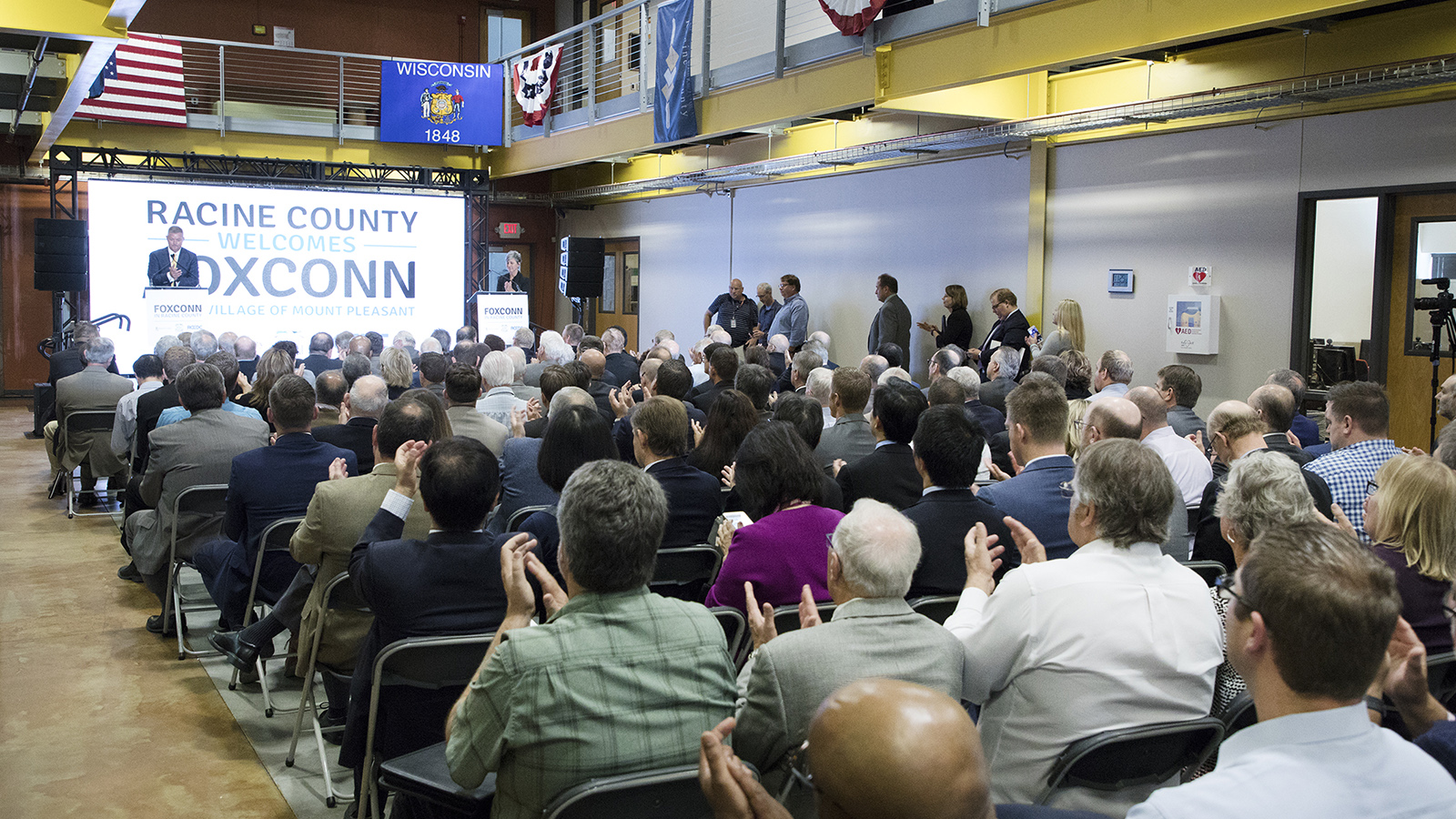
Mount Pleasant was announced as the primary location for Foxconn’s Wisconsin project at Gateway Technical College in Sturtevant on Oct. 4, 2017. (Credit: Gateway Technical College CC BY-NC-ND 2.0)
Even before it became clear that the original vision for Foxconn’s Racine County campus was perhaps too good to be true, the incentive package that lured the company to Wisconsin became a political lightning rod. In 2018, Walker sought reelection while touting his administration’s effort to land a deal. But Walker would end up losing to Tony Evers, then state superintendent of schools, who was a vocal critic of the state’s contract with Foxconn.
With his own reelection campaign looming, Gov. Evers announced the updated terms of the state’s incentive deal with Foxconn hours after the board of the Wisconsin Economic Development Corporation unanimously voted to accept them. The new terms reflect a project that, while still large, is roughly an order of magnitude smaller than the original vision.
State tax credits are now capped at $80 million, while Foxconn’s anticipated capital investments amount to $672 million. The company is now incentivized to hire 1,454 full-time workers, a little more than 11% of its original promise. If it comes to fruition, the new jobs target would place Foxconn in league with Racine County’s largest employers, including Wheaton Franciscan Healthcare, SC Johnson, CNH America and Emerson Electric, but nowhere near the state’s largest private employers like Menard’s and Epic Systems.
The amended contract details a number of other changes, including an end-date that is seven years earlier and a much more vague project scope. Rather than committing to a specific facility or product-type, Foxconn is now pledging “economic investment activities related to locating and operating a technology and manufacturing ecosystem” in Wisconsin.
In a statement, WEDC Secretary and CEO Missy Hughes characterized the amended contract as a win-win for Foxconn and the state by allowing more flexibility for the company and reducing the potential financial burden of the project on the state.
“The agreement provides the opportunity to be responsive to the marketplace that a modern, forward-looking company like Foxconn needs to pursue innovation,” Hughes said. “At the same time, by right-sizing the contract, our state is in a position where we can ensure that all businesses — everywhere — have the resources they need to grow and prosper.”
In its own statement, Foxconn thanked the WEDC board for endorsing the amended agreement and said it would work to attract other development to its Mount Pleasant campus.
“Our new agreement signals to the United States and international business communities that our Science and Technology Park still benefits from unique advantages that make Wisconsin, and our Park, an attractive place to call home, drive business, and grow jobs,” read the statement. It went on to express a desire to manufacture “digital infrastructure hardware products” in Wisconsin but did not describe what those products might be.
A prospectus filed with the U.S. Securities and Exchange Commission in April 2021 defines digital infrastructure hardware companies as “companies that manufacture, design, and/or assemble the servers and/or other hardware often used in data centers and cellular towers, including data center servers, processors and data center switches.”
Foxconn’s statement went on to predict success in its evolving Wisconsin venture.
“Foxconn is strategically positioned within Mount Pleasant to make Wisconsin one of the — if not the — largest manufacturer of data infrastructure hardware in the United States,” it read.
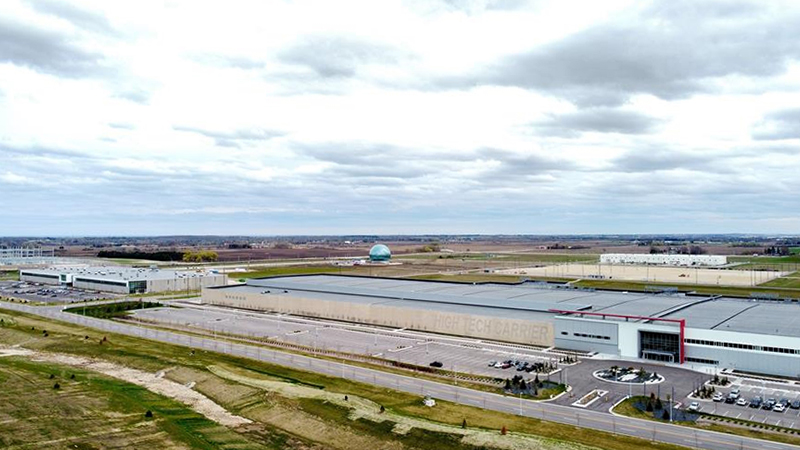
As of April 2021, construction has been completed on several buildings at the Foxconn campus in Mount Pleasant. (Credit: Foxconn Technology Group)
Whether even these downsized ambitions come to fruition remains to be seen.
A pattern has emerged in recent years of the company failing to live up to its public promises in Wisconsin. These encompass not only plans for its Mount Pleasant campus, but its planned “innovation centers” around the state and a pledged donation to University of Wisconsin-Madison.
WEDC had refused to shell out tax credits to Foxconn under its original contract with the state, citing the company’s failure to hire a qualifying number of full-time employees in Wisconsin. To qualify for annual tax credits under the amended contract, Foxconn must submit financial statements showing that it has created at least 80% of an agreed upon number of full-time jobs in the state every year between 2020 and 2025.
To qualify for any credits for 2020, Foxconn must submit documentation by July 1, 2021 showing it had hired at least 481 full-time employees by the end of 2020. To receive the maximum job-related tax credit of $2.2 million for 2020, the company would need to provide documentation that it hired at least 601 full-time employees. The jobs threshold to qualify for credits increases each year through 2024, and if Foxconn meets its targets, it could receive up to $20.3 million in credits over the 5-year period.
If Foxconn employs at least 1,163 full-time employees in Wisconsin during 2024 and 2025, it would qualify for both an annual job-based tax credit of up to $5.5 million in 2024 and an additional “performance credit” both years. These performance credits would max out at $19.7 million over the two-year period, and maximum credits would only be awarded if the company can prove it has at least 1,454 full-time employees in the state.
Separate capital investment tax credits amounting to a maximum of $40 million over the 5-year period depend on the job-creation targets as well as actual capital investments.
Foxconn has not disclosed how many full-time employees it currently employs in Wisconsin as of April 2021. However, as of the end of 2019, the company employed fewer than 300 full-time workers in the state.
 Passport
Passport




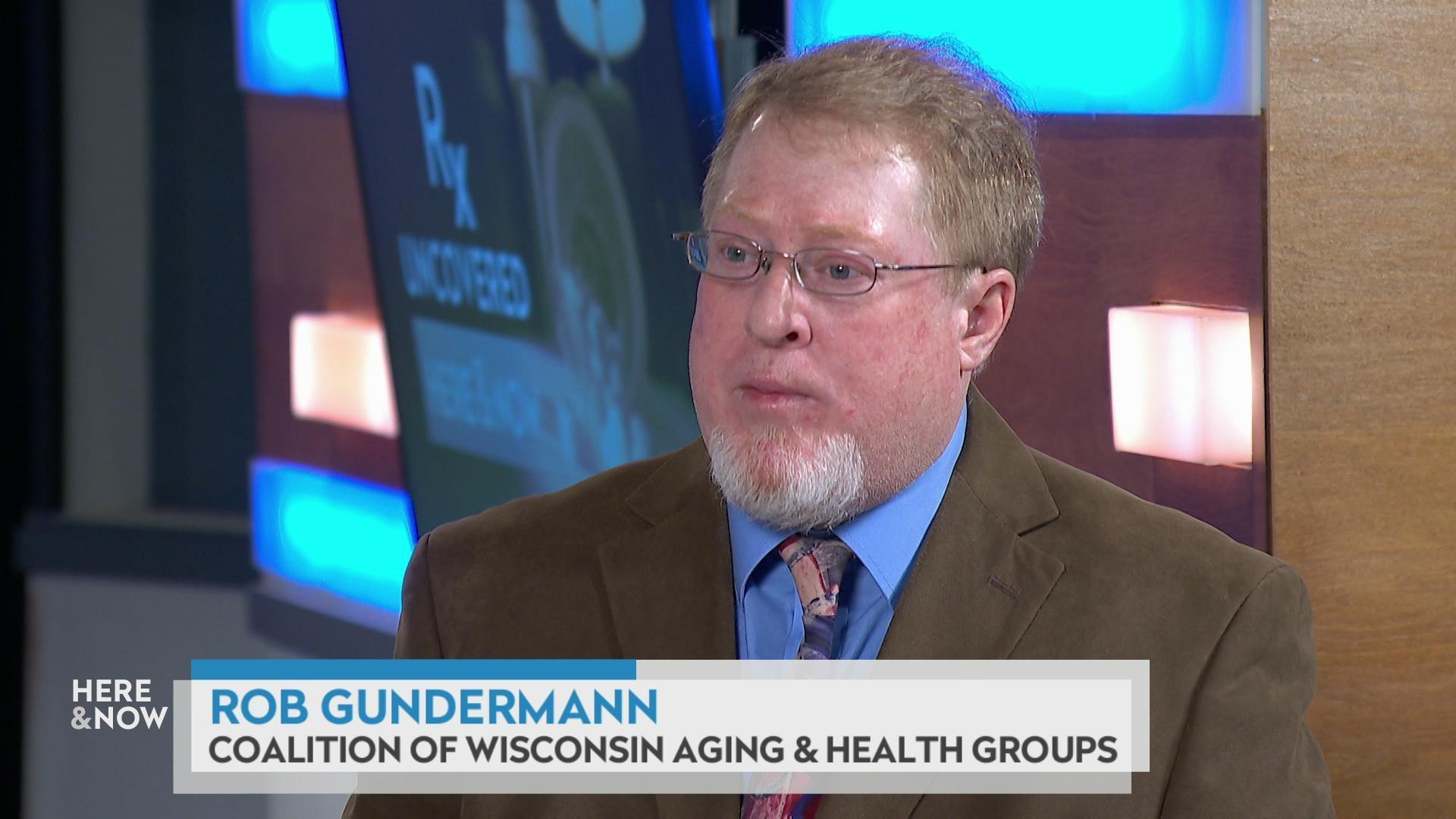
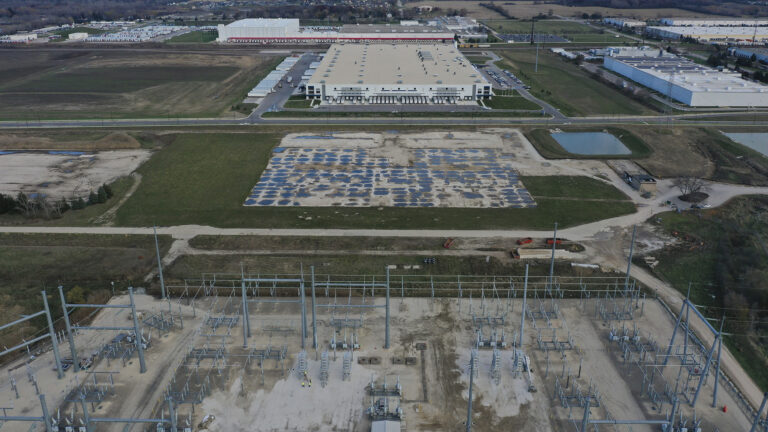





Follow Us